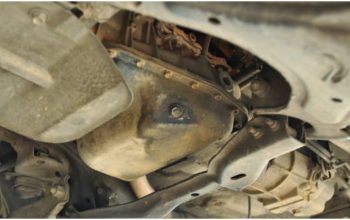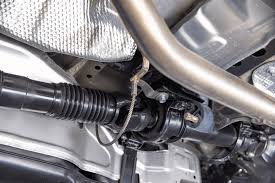Your car’s body panels are constantly exposed to the elements, making them vulnerable to weather-related damage over time. While modern vehicles are designed to withstand typical environmental conditions, prolonged exposure to sun, rain, snow, and other weather factors can gradually wear down the paint and metal surfaces. Understanding how weather affects your car’s body panels helps you take preventive measures to protect your vehicle’s appearance and structural integrity.
Sun Exposure and UV Damage
One of the most common weather-related impacts on body panels comes from the sun’s ultraviolet (UV) rays. Prolonged exposure to direct sunlight can cause the paint on your vehicle to fade, oxidize, and lose its gloss. This not only makes your car look dull but also weakens the paint’s protective qualities. Over time, UV damage can cause the clear coat—the topmost layer of paint—to crack and peel, leaving the underlying metal exposed.
Protecting your car with regular waxing and parking in shaded or covered areas can significantly reduce sun damage and extend the life of your body panels.
The Effects of Rain and Moisture
Rain and moisture are natural elements that continuously interact with your car’s exterior. While water itself isn’t always harmful, when combined with dirt, salt, and pollutants, it can lead to serious problems. Frequent exposure to rainwater can cause paint deterioration and contribute to rust formation, especially if there are chips or scratches in the paint that expose the metal underneath.
Ensuring your car is regularly washed and dried after rainy days helps remove contaminants and prevents moisture from settling in vulnerable areas, such as seams and panel edges. For that hiring the Auto Repair in Wyoming, MN based service would be essential.
Snow, Ice, and Road Salt
Winter conditions pose a unique threat to body panels. Snow and ice can trap moisture against the metal, and when combined with road salt used for melting ice, accelerate corrosion. Salt is highly corrosive and can eat away at the paint and metal if not properly removed. Salt buildup commonly occurs around wheel wells, undercarriages, and lower body panels—areas that are already prone to damage from debris.
Frequent winter washes, especially undercarriage cleaning, are crucial to remove salt and protect your vehicle from rust and deterioration.
Temperature Fluctuations and Expansion
Body panels are also affected by temperature changes, especially in regions with extreme weather swings. Metal expands and contracts with heat and cold, which can stress the paint and panel seams. Over time, this movement may cause paint cracks, loosen seals, and create tiny gaps where moisture can enter.
Maintaining a stable environment, like parking indoors when possible, and promptly addressing paint damage can mitigate the effects of temperature fluctuations on your body panels.
Conclusion
Weather impacts your vehicle in many subtle but damaging ways. Sun, rain, snow, and temperature changes all contribute to the gradual wear of your car’s body panels. However, with routine care—such as regular washing, waxing, and protective parking—you can slow down this process and keep your vehicle looking great for years. Understanding these weather effects empowers you to take proactive steps and safeguard your car’s exterior from nature’s harsh elements.




